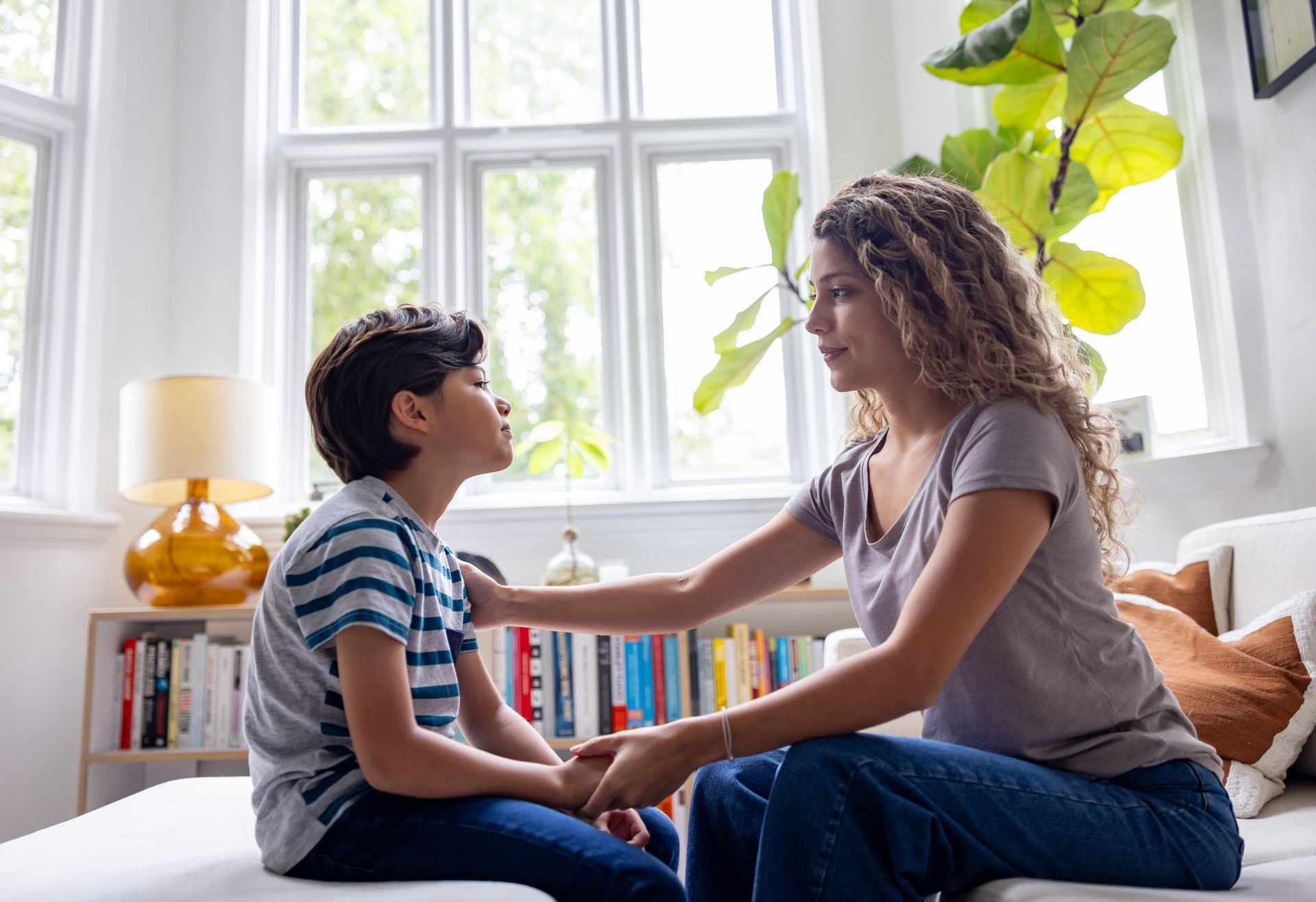Explore Our Blog
Children’s Mental Health and the Role of Parenting – Part 1: Why Children’s Mental Health Starts at Home
Advance Minds Blog
A safe space to explore subjects within the community such as mental health, substance abuse and personal identity.
Our safe space also provides the opportunity for real individuals to express their hardships and success through writing.
Home is where a child first learns about themselves, others, and the world.

Before school, friendships, or outside influences, it is the environment created by parents and caregivers that lays the foundation for emotional health.
The way children are spoken to, comforted, and guided in early years deeply influences their confidence, self-worth, and ability to manage emotions later in life.
🏡 The First Environment Matters
Children absorb the atmosphere at home.
Warmth, safety, and stability nurture healthy development, while tension, neglect, or unpredictability can increase stress and insecurity.
A supportive environment does not mean perfection, but it does mean consistency, love, and presence.
- A calm home lowers stress in children
- Predictable routines provide security
- Care and attention build trust
💕 The Power of Connection
Every smile, hug, and attentive moment builds trust.
When parents respond with care, children learn that the world is safe and that they are valued.
Connection is not only about big gestures but also the small, daily interactions that communicate love and belonging.
- Physical affection reassures children
- Attentive listening strengthens bonds
- Small daily rituals matter as much as milestones
🧠 Shaping Emotional Development
Home is where children first experience and name emotions.
Through observation and guidance, they learn how to express feelings, manage frustration, and calm themselves.
Parents who model healthy coping skills give their children tools they will use for life.
🗣️ Communication Is Key
Children who feel heard develop confidence in expressing themselves. Listening without judgment allows them to share fears, hopes, and worries. This open channel of communication becomes the basis for resilience and emotional wellbeing.
- Ask open-ended questions
- Validate feelings without rushing to fix them
- Encourage children to share daily experiences
⚖️ Balance and Structure
Healthy boundaries create security.
Children thrive when there is both structure and flexibility.
Too much control can create fear or rebellion, while a lack of boundaries can lead to confusion.
Balance helps children feel safe while still encouraging independence.
🌍 The Ripple Effect
The lessons children learn at home ripple outwards.
A child who feels supported and valued often carries that confidence into school, friendships, and future relationships.
On the other hand, unaddressed struggles at home can show up later as anxiety, low self-esteem, or difficulty managing stress.
🌿 Final Thoughts 💞🌈
A child’s mental health begins with the everyday moments parents share with them.
It is not about being flawless but about being present, attentive, and nurturing.
By creating a home that offers love, safety, and understanding, parents give their children the strongest possible foundation for lifelong emotional health.

















